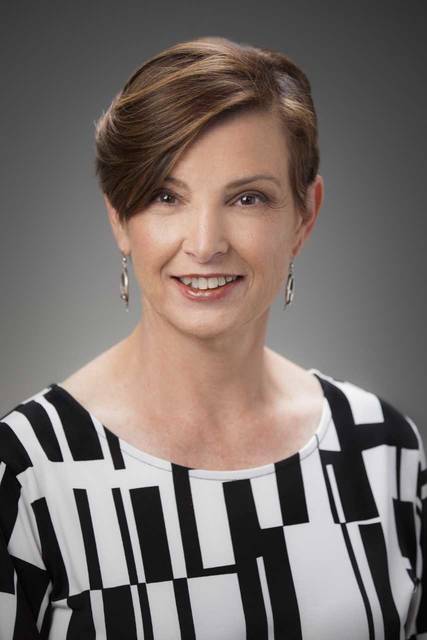
When I think about the opioid addicted babies and how to prevent the problem, a traditional parable/story attributed to a man named Saul Alinsky comes to mind. The message in the “River Story” is how to find the root cause of a health problem and focus on both prevention and intervention.
“Imagine a large river with a high waterfall. At the bottom of this waterfall hundreds of people are working frantically trying to save those who have fallen into the river and have fallen down the waterfall, many of them drowning. As the people along the shore are trying to rescue as many as possible one individual looks up and sees a seemingly never-ending stream of people falling down the waterfall and begins to run upstream. One of other rescuers hollers, “Where are you going? There are so many people that need help here.” To which the man replied, “I’m going upstream to find out why so many people are falling into the river.”
Substitute the words “opioid addicted babies” in the story for the people. The 2016 Children’s Defense Fund-Ohio entitled Ohio’s Appalachian Children at a Crossroads: A Roadmap for Action, reported that babies born in Ohio Appalachia “are almost twice as likely as the average Ohio newborn to be diagnosed with Neonatal Abstinence Syndrome” at a rate of 15 babies per 1,000 births. Scioto County reported 76 addicted babies per 1,000 births, Lawrence (67), and Pike (58) and these 3 Appalachian counties have the highest rates of neonatal abstinence syndrome (NAS) and “are currently in a state of emergency.”
The Appalachian Region is a 205,000-square-mile region that extends from Southern New York to Northern Mississippi and includes all of West Virginia and parts of 12 other states. The 32 counties of Ohio’s 88 counties are considered Appalachian.
What is neonatal abstinence syndrome? An article by WOUS Public Media reported that NAS is a set of symptoms associated with withdrawal from addictive drugs, including opioids, in infants with drug abusing pregnant mothers. Symptoms include: low birth weight, seizures, excessive crying, breathing problems, eating and sleeping difficulties, tremors, irritability, vomiting, diarrhea, dehydration, sweating, and fever according to the Ohio Department of Health (ODH).
Intervention
Intervention is a term used for programs that address the problem now (emergency rescuers at the bottom of the waterfall trying to save people from drowning and dying). The Maternal Opiate Medical Supports (MOMS) in Ohio is a program for pregnant women and mothers with opioid addiction (www.momsohio.org). The state of Ohio is trying a Medication Assisted Treatment (MAT) for opioid dependent pregnant mothers enrolled in Medicaid. The Ohio Revised Code 37.11.30 developed in 2014 requires maternity units and maternity homes to report the number of NAS newborns from Ohio residents to (ODH).
Programs that help drug addicted pregnant women before the birth of babies are a combination of prevention and intervention.
Prevention
Prevention is a term used for programs that prevent the problem from happening and finding out the cause. (The man who went upstream to find out why so many people are falling into the river so he could prevent it). Project Prevention (www.projectprevention.org), a national nonprofit organization, by founder Barbara Harris offers cash incentives to women and men addicted to drugs and includes voluntary tubal ligations, vasectomies, and long-term or permanent birth control. Harris adopted 4 drug-addicted infants from the same mother before she started Project Prevention. Critics claim her program compromises the reproductive rights of women.
Both prevention and intervention programs are vital in preventing and treating the opioid crisis in Ohio, Appalachia Ohio, and nationally for drug addicted infants.
“Though no one can go back and make a brand new start, anyone can start from now and make a brand new ending.” – Carl Bard


